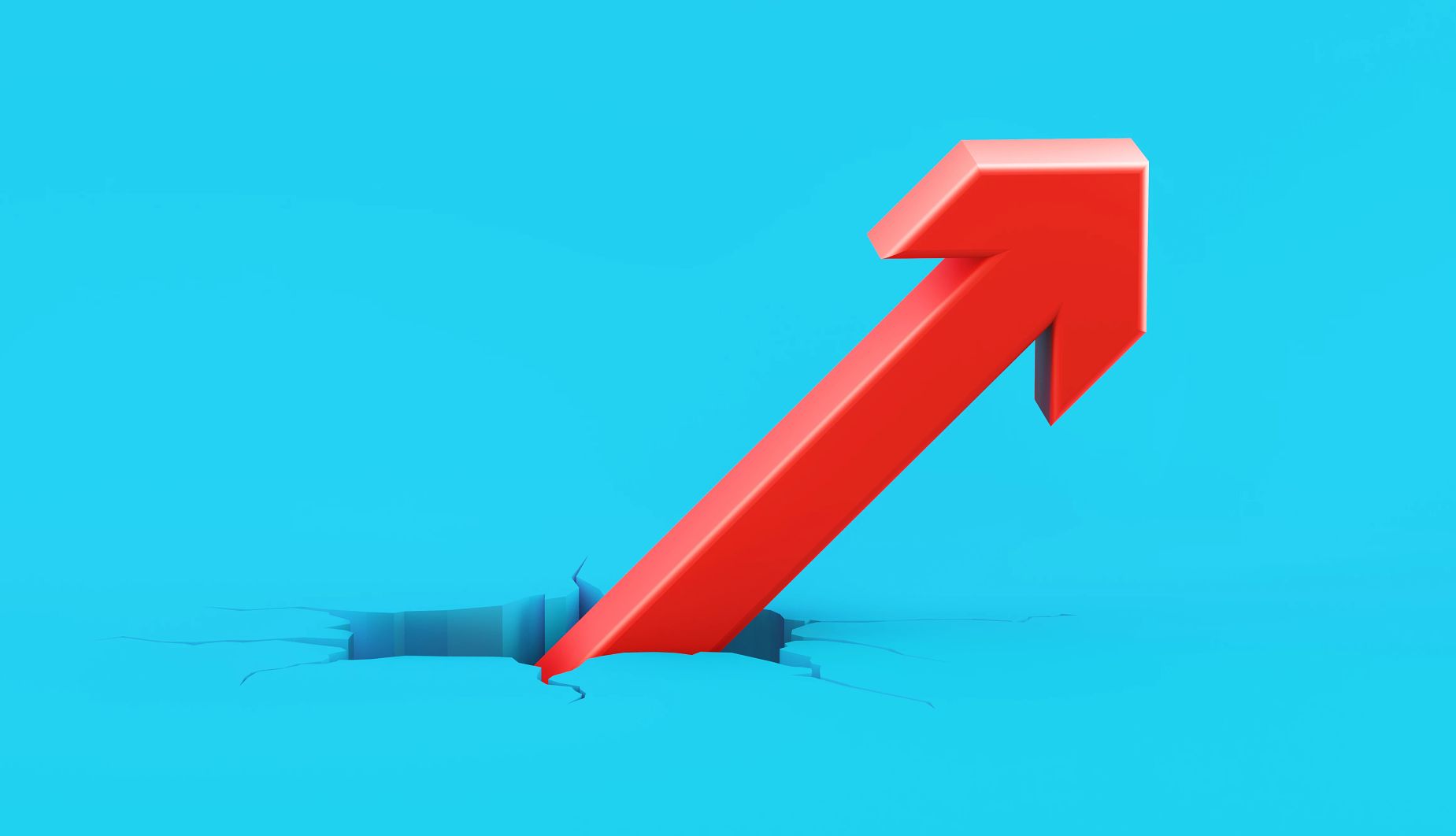AARP Hearing Center


If you grew up in the 1970s and early 1980s, inflation may be one of the monsters in your closet of economic anxieties. You probably remember gas rationing and soaring prices for everything from Hamburger Helper to halter tops.
The economy is in a much better place these days. Despite President Donald Trump’s seesawing tariffs, the annual rate of inflation edged up from 2.4 percent in May to 2.7 percent in June, according to the government's closely watched Consumer Price Index (CPI), which measures price changes across commonly purchased goods and services.
Nevertheless, 63 percent of Americans say inflation is still one of their top concerns, a February Pew Research Center survey found, not entirely surprising in light of a spike in prices in recent years that saw the inflation rate top 9 percent in the summer of 2022 before gradually coming back to Earth.
So, what is inflation, what causes it and what cures it? Here's what you need to know.
What is inflation?
Put simply, inflation is a rise in prices. Price changes are tracked by the Bureau of Labor Statistics (BLS) and reported monthly. While referred to generically as the CPI the broadest and most commonly used inflation index — BLS has more than one — is actually the CPI-U, which measures the average price change in a basket of goods likely to be bought by people who live in cities and suburbs. (The "U" stands for urban.) The CPI-U covers more that 90 percent of the population.
Your experience of inflation is probably somewhat different from what’s reflected in the CPI, which weights each item according to a formula meant to mirror the average household. If you bake a lot, for example, you’re feeling a pinch at the moment since egg costs jumped 27.3 percent year-over-year in May. The government's price data dates back more than a century.




































































More From AARP
My Daughter Spends Way Too Much Money
Poor financial habits can be a tough topic to broach. Here’s how to break the ice respectfully
How to Still Score Deals Despite Tariffs
Tips to save on purchases amid rising prices
10 Things Retirees Should Stop Spending Money on Now
Retirement is a time to rethink some things, including our spending habits
Amazon Prime vs. Walmart Plus: How Do These Rival Memberships Compare?
A side-by-side look at their costs, shopping benefits and perks